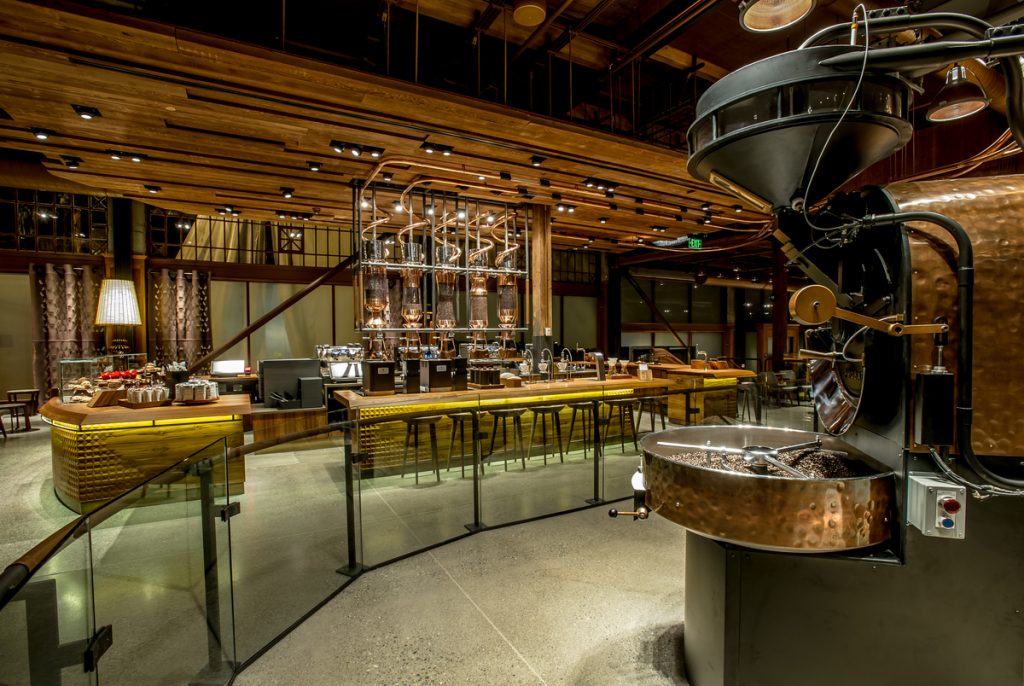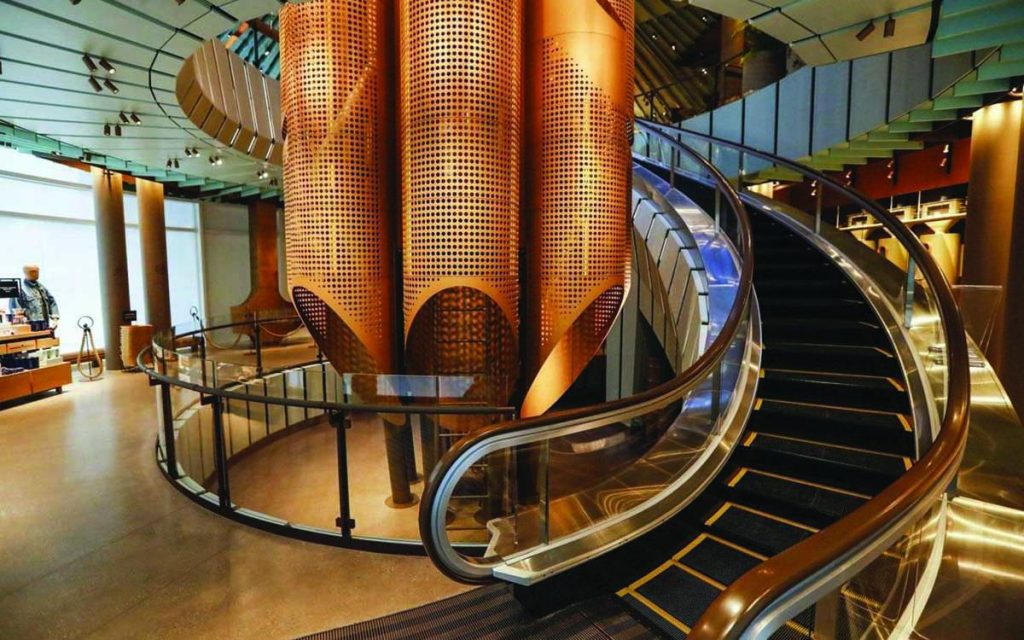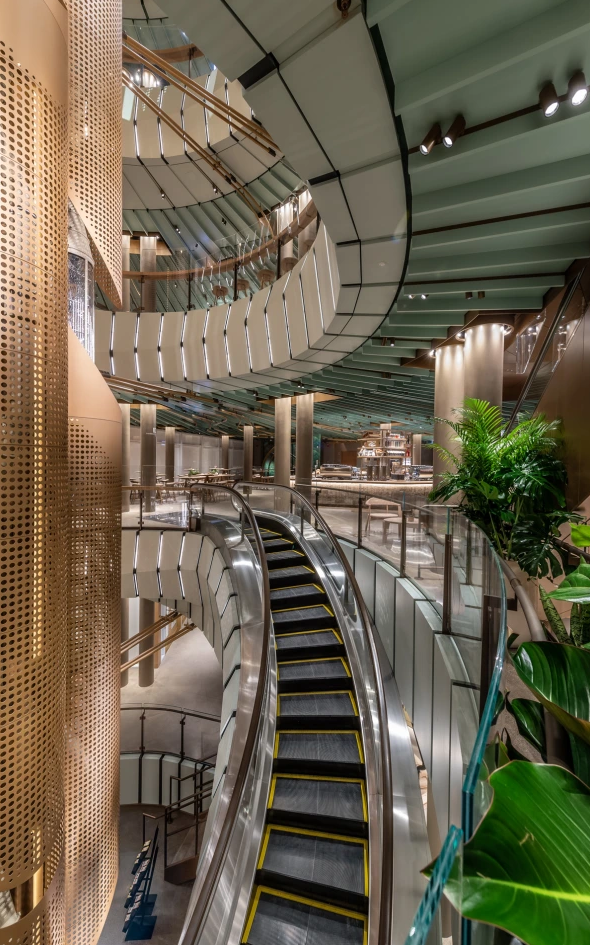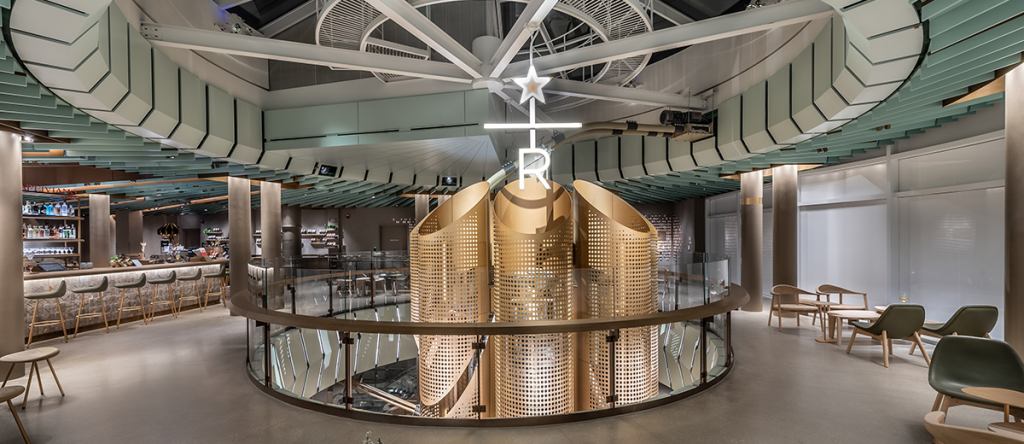MP is “On Guard” at the New Starbucks Roastery in Chicago
PROJECT DETAILS
Customer Name: Starbucks Reserve Roastery
Location: Chicago, IL
Shop drawings: MP Drafting & Design
Glazing contractor: SG Metal & Glass
Architect: Solomon Cordwell Buenz
Have you stepped inside the Starbucks Reserve Roastery in Chicago? It is the largest of the six roasteries Starbucks has globally, and it is absolutely incredible. This roastery has 5 floors complete with a gift shop, floor to ceiling roasting machine, coffee bar, bakery bar, experiential coffee bar, a scooping bar, a cocktail bar, barrel-aged coffee bar, and on the 5th floor is a terrace with spectacular views of the Michigan Avenue overlooking downtown Chicago.
MP Drafting worked alongside SG Metal & Glass for all the guardrails installed along the staircases, escalator, and coffee roaster. The aluminum has a matte khaki finish.
Here are some of the highlights from the great write up at GlassMagazine.com
- Starting in the 2015 code, all glass used in guards and handrails must be:
- Laminated
- Either fully tempered or heat-strengthened
- Able to meet the safety glazing requirements of either Cat. I (16 C.F.R. 1201) or Class A (ANSI Z97.1)
- A top, or cap, rail is required for glass baluster panels. In these type of guards, the glass is structural or load-bearing. The code requires these types of installations to include a top rail which must be attached to at least three glass balusters. (There are exceptions with thicker stronger glass)
- To qualify as safety glazing, the glass must be tested to and meet the acceptance criteria, including impact tests.
- The building code requires glass in guards to be permanently marked as safety glazing with the manufacturer’s mark, including type and thickness of glass, manufacturer or installer name and the safety glazing standard.
- Glass guards must be designed to meet two separate load requirements: a linear 50 pounds per linear foot and a concentrated load of 200 pounds.
- In high wind-load areas, the building code intends to prevent exterior glass guards from becoming wind-borne debris missiles.
- Vertical glazing applications: requires laminated glass in guards
- If the top rail is attached to any other glass in the guard, the other glass must meet the wind-borne debris requirements
SHOP DRAWING EXAMPLE






